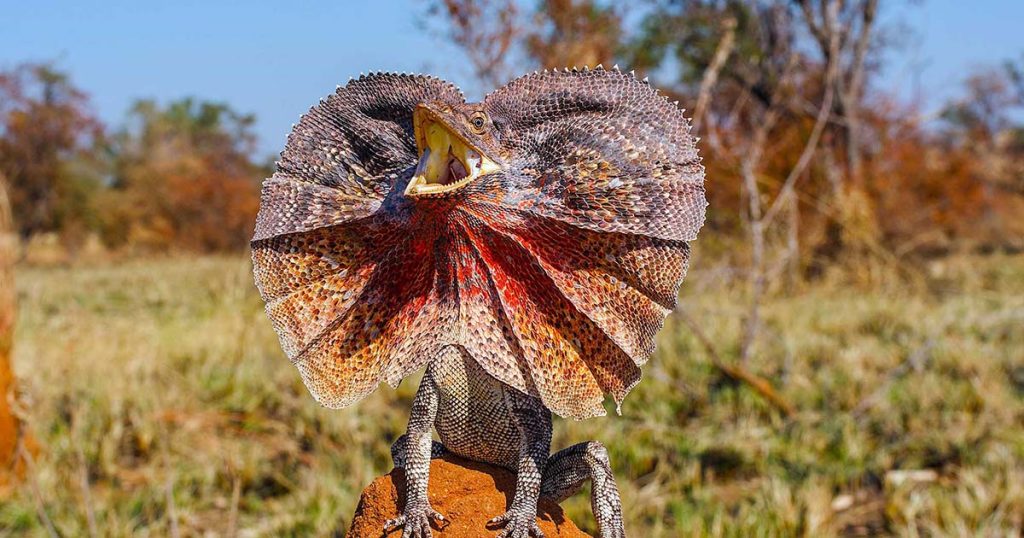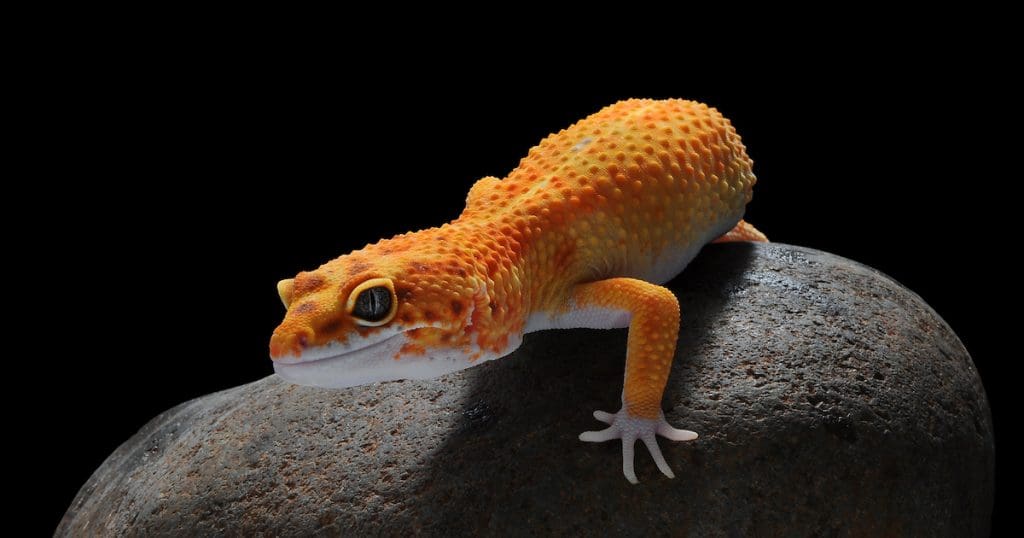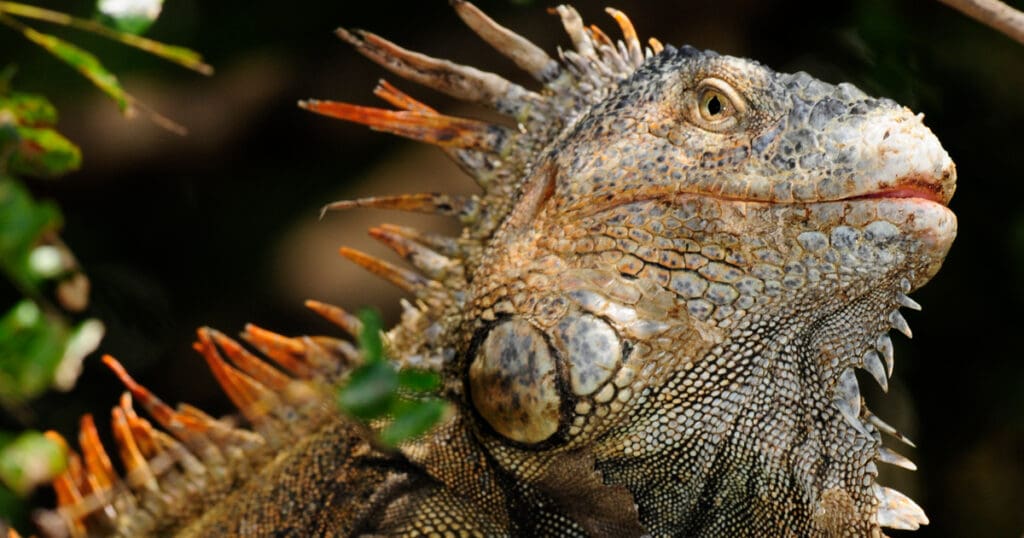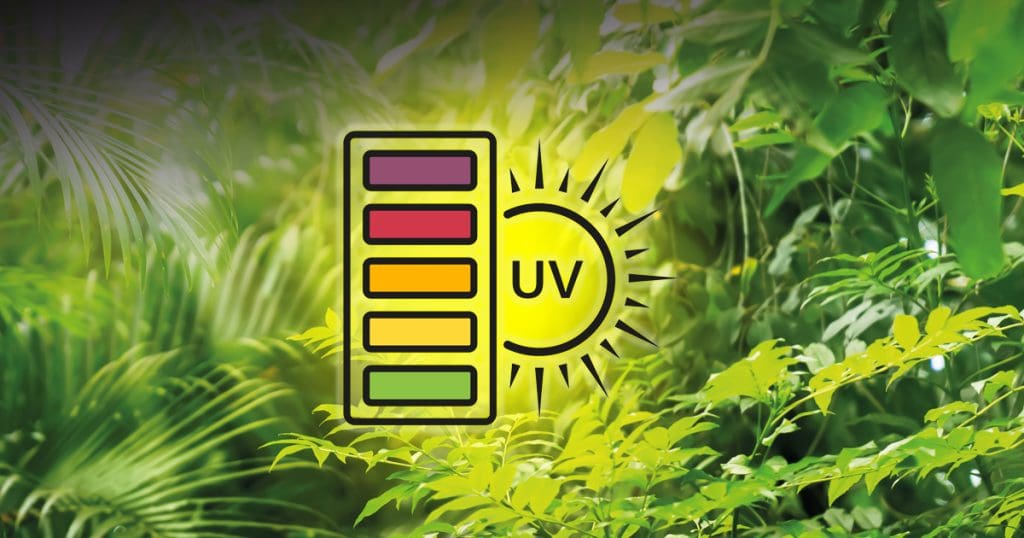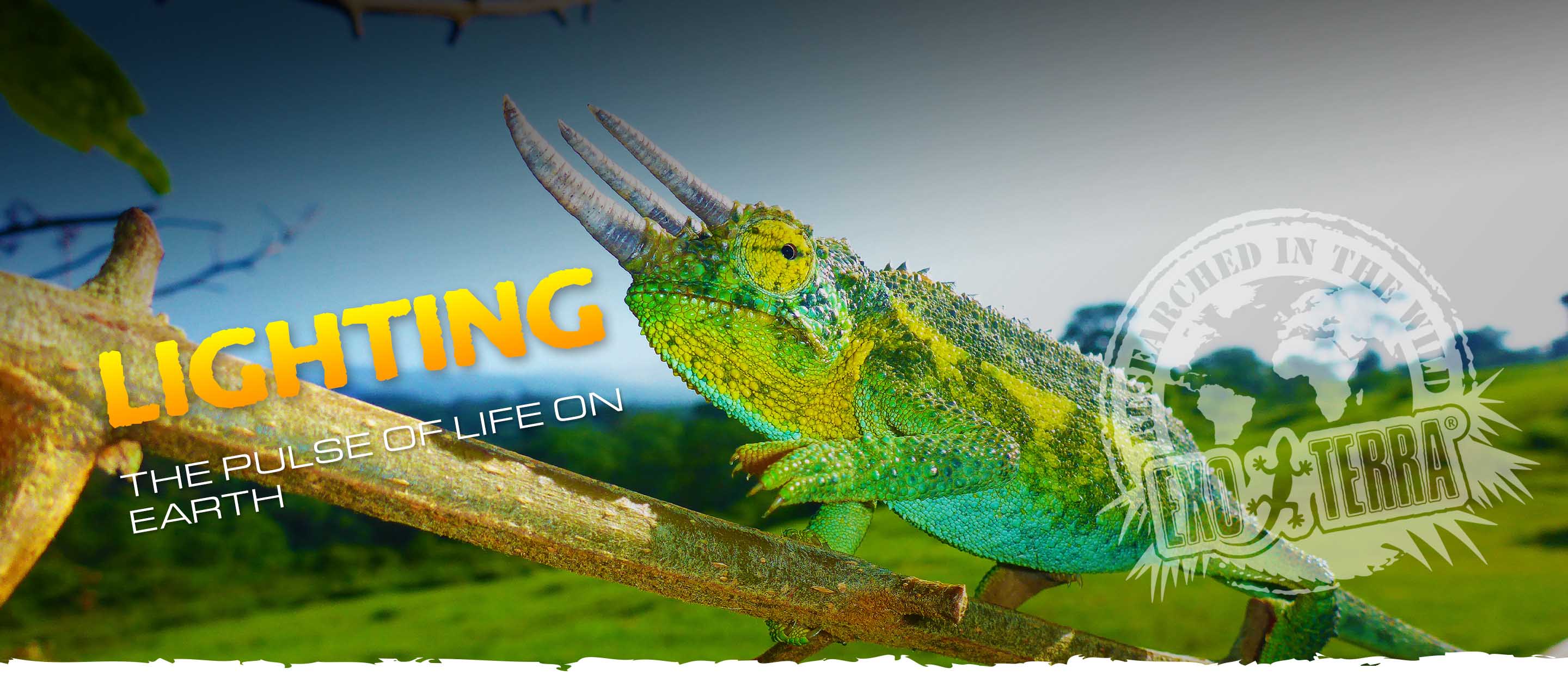
Vitamin D3 and Reptiles: A Vital Connection
Emmanuel Van Heygen
Vitamin D3 plays a pivotal role in the health and well-being of reptiles, much like it does in other animals. This hormone is integral to mineral metabolism and bone development in reptiles. One of its most significant roles is to enhance calcium absorption from the intestines. Without sufficient vitamin D3, reptiles couldn’t absorb dietary calcium efficiently, which is crucial for their skeletal health and overall well-being.
The synthesis of vitamin D3 in reptiles is a unique process intricately linked to their exposure to UV-B radiation from sunlight. When reptiles bask in sunlight or UV-B lights, the UV-B rays interact with the cholesterol in their skin, initiating the synthesis of vitamin D3.
This natural method of obtaining vitamin D3 is not only efficient but also safer for reptiles. While vitamin D3 can be provided through dietary supplements, there’s a risk of overdose, leading to health complications. On the other hand, synthesizing vitamin D3 through UV-B exposure is a more controlled and balanced process, reducing the risk of excessive vitamin D3 accumulation.
Once synthesized, vitamin D3 activates the expression of proteins responsible for transporting calcium from the intestine’s interior, through the epithelial cells, and into the reptile’s bloodstream. A key player in this process is calbindin, a well-researched calcium transporter that ensures calcium is effectively shuttled across the intestinal epithelial cell.
Vitamin D3’s most significant contribution to reptiles’ bone health is ensuring a balanced ratio of calcium and phosphorus for optimal bone mineralization, preventing Metabolic Bone Disease (MBD). This is a collective term for a range of disorders related to the weakening of bones or impaired bone development due to imbalances in calcium, phosphorus, and vitamin D3. Affected reptiles often exhibit symptoms such as soft or deformed bones, swollen limbs, difficulty moving, and, in severe cases, fractures. Early detection and appropriate intervention, including dietary adjustments and ensuring adequate UV-B exposure, are vital for the prevention and treatment of MBD.
Vitamin D3 receptors are widespread in reptilian cells. Research on cultured cells has shown that vitamin D3 has a profound impact on the growth and differentiation of various cell types. This suggests its role in reptilian physiology extends beyond just mineral balance and bone health. For instance, many reptilian immune cells not only contain vitamin D3 receptors but can also produce active vitamin D3. A deficiency in this vitamin can make reptiles more susceptible to diseases and may increase the risk of autoimmune disorders.
In summary, while vitamin D3 is essential for reptiles, its natural synthesis through UV-B exposure is the safest and most balanced method of obtaining it. This approach ensures optimal growth, bone health, and overall vitality in reptiles without the risks associated with overdosing.
Emmanuel Van Heygen
“In the wild, most reptiles synthesize their vitamin D3 from the UVB component of sunlight. Vitamin D3 is essential for the effective metabolism of dietary calcium in reptiles.”
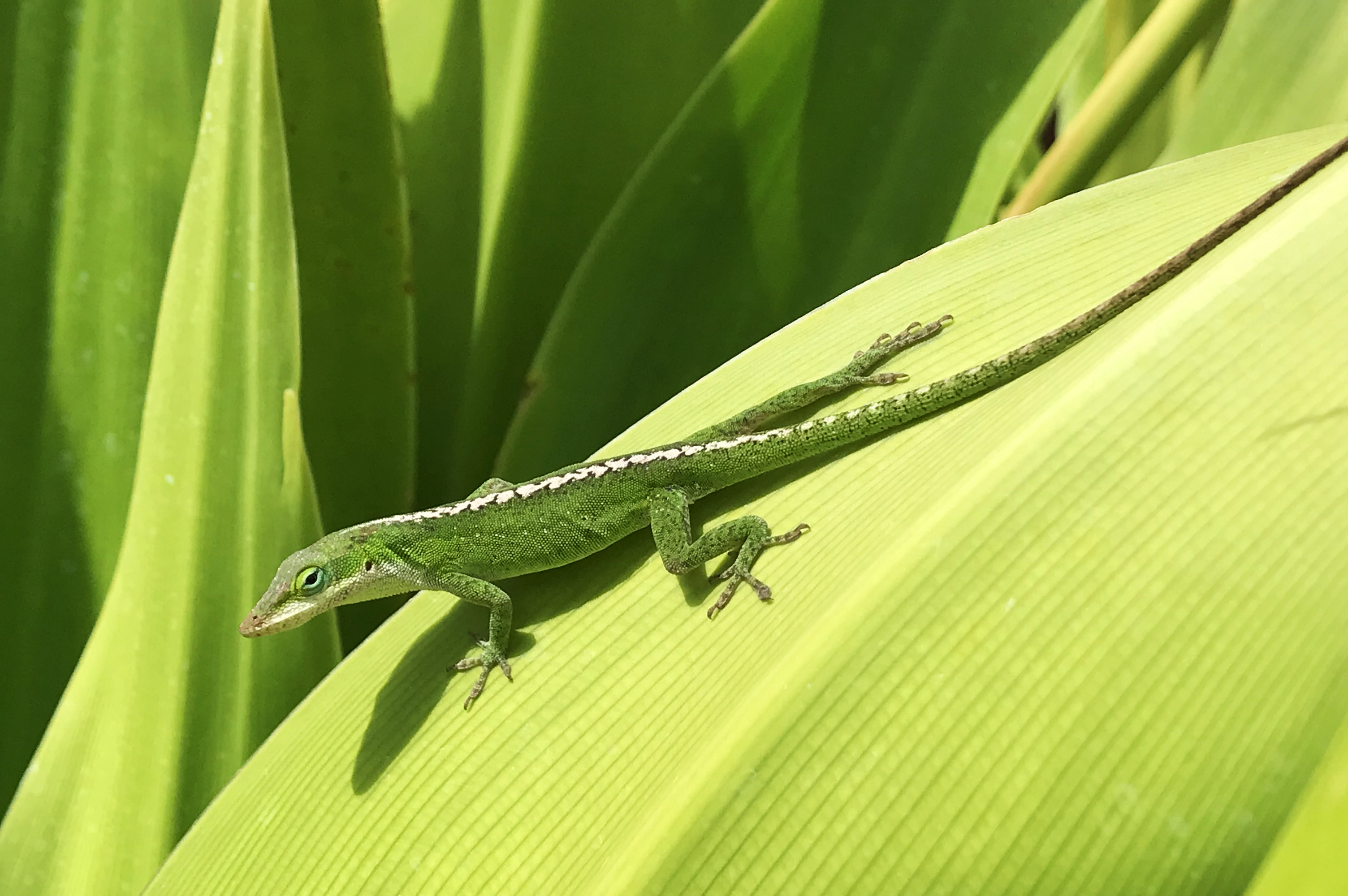

A bright green anole basks in direct sunlight Kauai, Hawaii.
Lighting Topics
Comprehensive UV Index Table
Reptiles and amphibians inhabit a diverse range of environments, each presenting unique challenges and opportunities for exposure to sunlight. This variation in sunlight exposure is critical for their thermoregulation, natural activities, and especially for many of their physiological and biological processes, including the synthesis of vitamin D3, calcium metabolism, boosting the immune system, and promoting a healthy appetite and digestion.
Sunlight, A Beacon of Life
Sunlight arrives at the top of the earth's atmosphere at a power level of about one kilowatt per square meter. It is by this energy that all life-processes on earth are ultimately driven. Without the sun's constant energy input our planet would quickly radiate away its own energy in short order, making all life extinct.
The Myth of Nocturnal Creatures and UVB Light
The belief that nocturnal animals don't require UVB exposure has been a long-standing one in the world of reptile and amphibian care. The argument, "It’s nocturnal—it doesn’t need UVB," has been a staple for many enthusiasts and breeders. However, recent scientific studies have begun to challenge this age-old notion, shedding light on the importance of UVB for all creatures, regardless of their diurnal patterns.
Understanding Ferguson Zones
The Ferguson Zones were developed in 2010 by Professor Gary Ferguson of the Texas Christian University. Ferguson and his team of herpetologists gathered data of the daily UV exposure of 15 species of reptiles. In the publication that followed, these 15 species were divided into four groups according to their thermoregulatory behaviour (daily sun exposure) and microhabitat preferences: the "Ferguson Zones". The corresponding UV guidelines were based on the average irradiance of randomly encountered wild specimens: Zone 1 with the least, to Zone 4 with the highest exposure.
What is Light?
Sunlight arrives at the top of the earth's atmosphere at a power level of about one kilowatt per square meter. It is by this energy that all life-processes on earth are ultimately driven. Without the sun's constant energy input our planet would quickly radiate away its own energy in short order, making all life extinct.
What is UV-B?
UV-B stands for Ultraviolet B radiation, which is a type of ultraviolet radiation present in sunlight. Ultraviolet or UV light is a high energy portion of the electromagnetic spectrum, just beyond visible light. The UV-spectrum is divided into three wavelength groups.
Stay up on all things exo terra.
"*" indicates required fields

